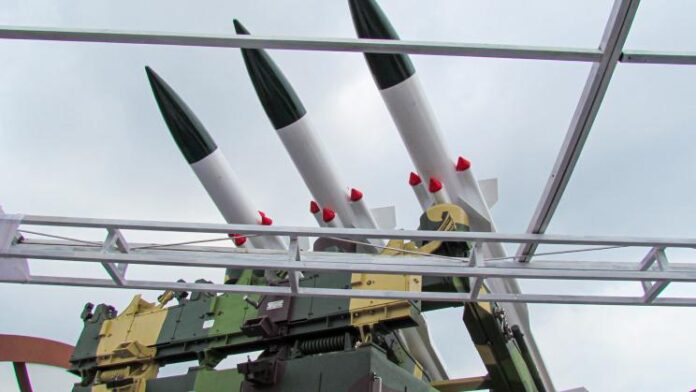Authors: Dr Lora Saalman and Dr Petr Topychkanov
Affiliation: SIPRI
Organization/Publisher: Stockholm International Peace Research Institute
Date/Place: April, 2021/Stockholm
Type of Literature: Report
Number of Pages: 40
Keywords: Pakistan, India, Nuclear program, China, US, Russia, South Asia, Defense, Security, No First Use
Brief:
This study traces the roots of escalations between nuclear-armed Pakistan and India at the beginning of 2019, when India crossed de-facto borders and bombed an area of trees in Pakistan’s Balakote area; and in response Pakistan brought down an Indian fighter jet the next day, detaining its pilot who was later released to calm down the tensions. Based on wide-ranging interviews from people associated with nuclear programs in the US, Russia, China, Pakistan and India, the author suggests that the nuclear potential of India and Pakistan is a potential trigger to escalation. With new alignments happening in the world order, the study warns that South Asia will fall into two camps – the US with India, and Pakistan with China on the other side. India joined the handful of nuclear-donning club of nations in 1974. Sensing potential threat, Pakistan used the opportunity during the early 1980s when it fought in Afghanistan as the US’ ally against Russia to start developing its own nukes. The nuclear test was conducted in 1999. Although this study suggests that India follows the no-first-use policy, one must not forget the statement of the Hindu-majority country’s defense minister when he said in August 2019 that the policy was “open to review”. Soon after, Indian jets were downed by Pakistan in February that year. India currently possesses between 80 and 100 nuclear warheads, while Pakistan holds between 90 and 110. In the case of China and India, people from the two sides insist that nuclear escalation between the two neighbors was “unthinkable.” The study finds there is a “lack of external understanding and expertise on nuclear issues in South Asia, combined with concerns over external trends filtering into the region.” It demands a “greater and more flexible engagement to enhance not merely understanding of South Asia, but rather how it interlocks with broader international nuclear dynamics.”
By: Riyaz ul Khaliq, CIGA Non-Resident Research Associate




